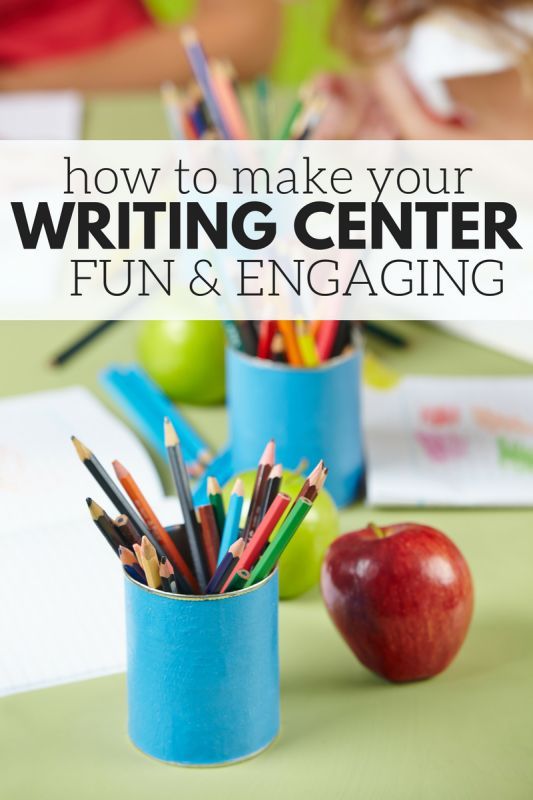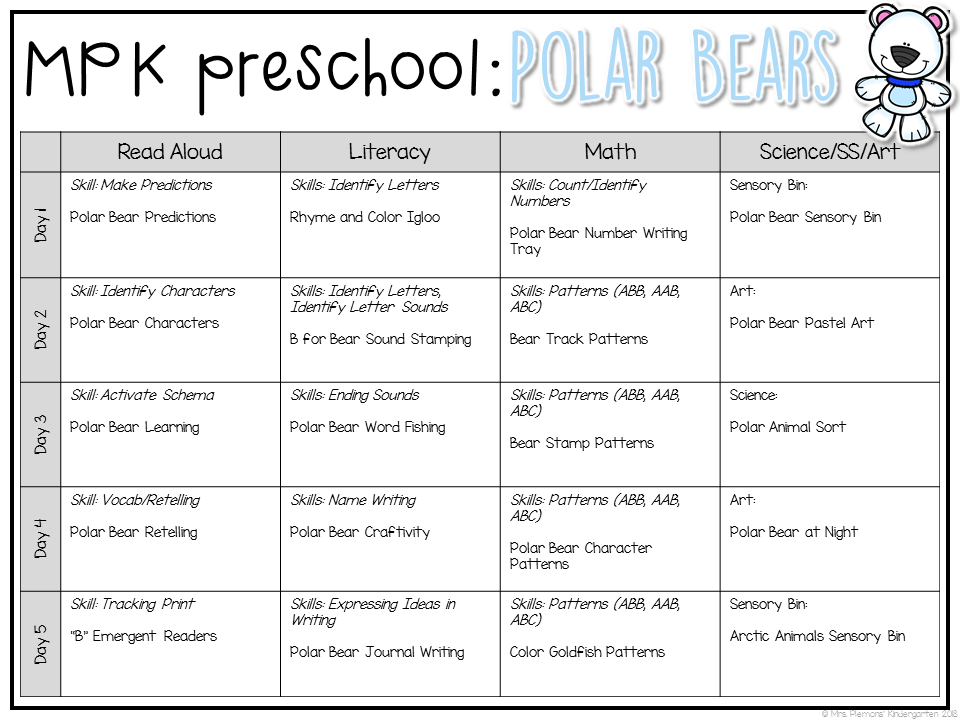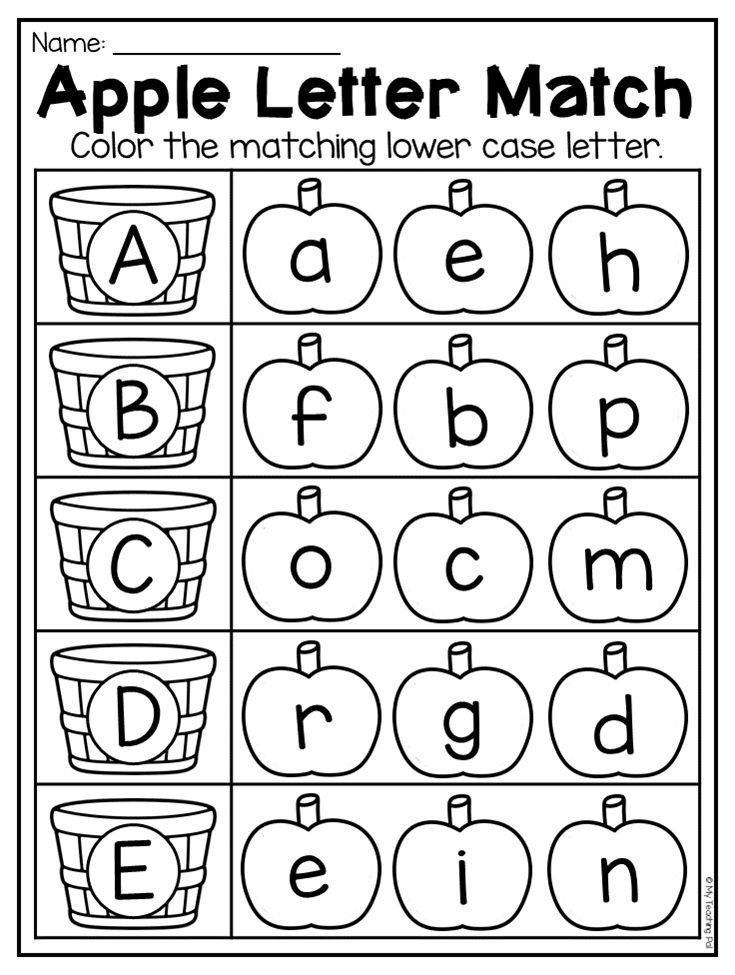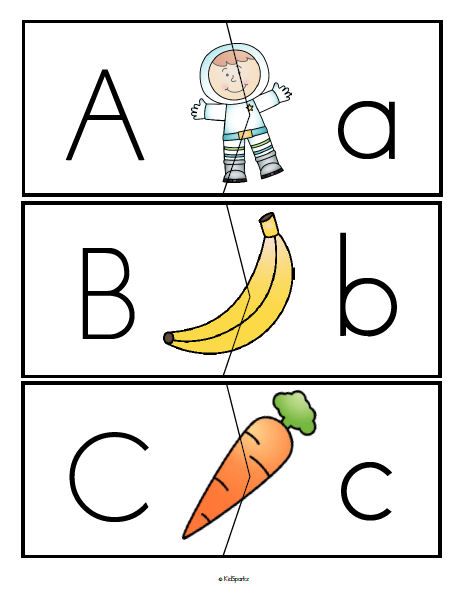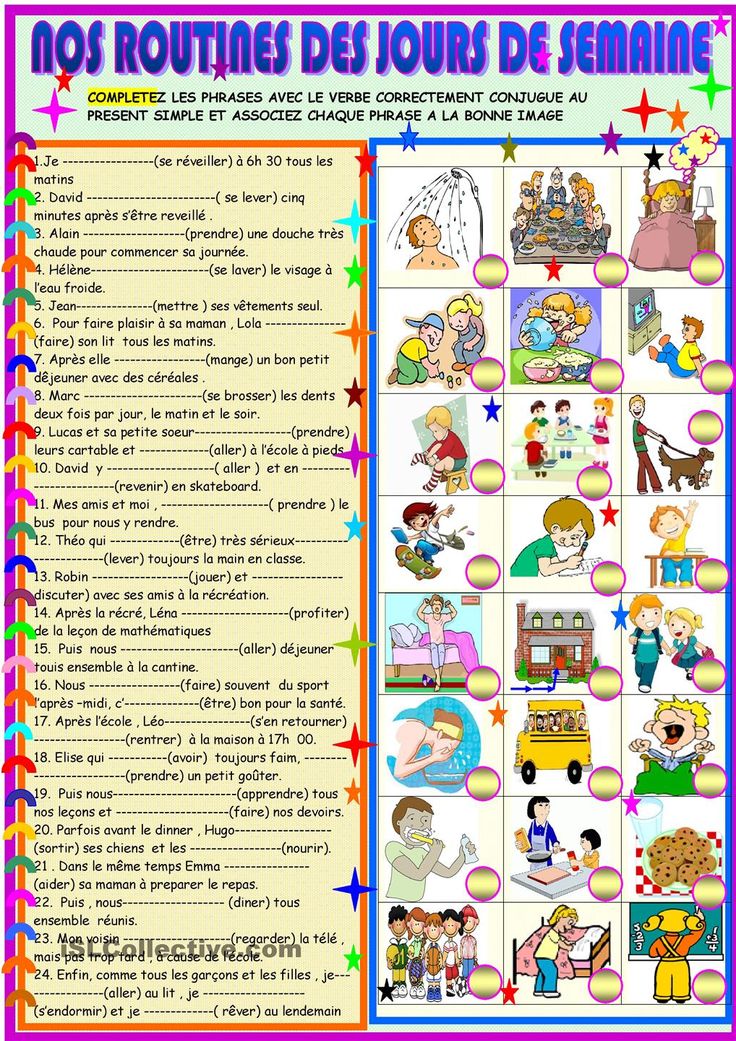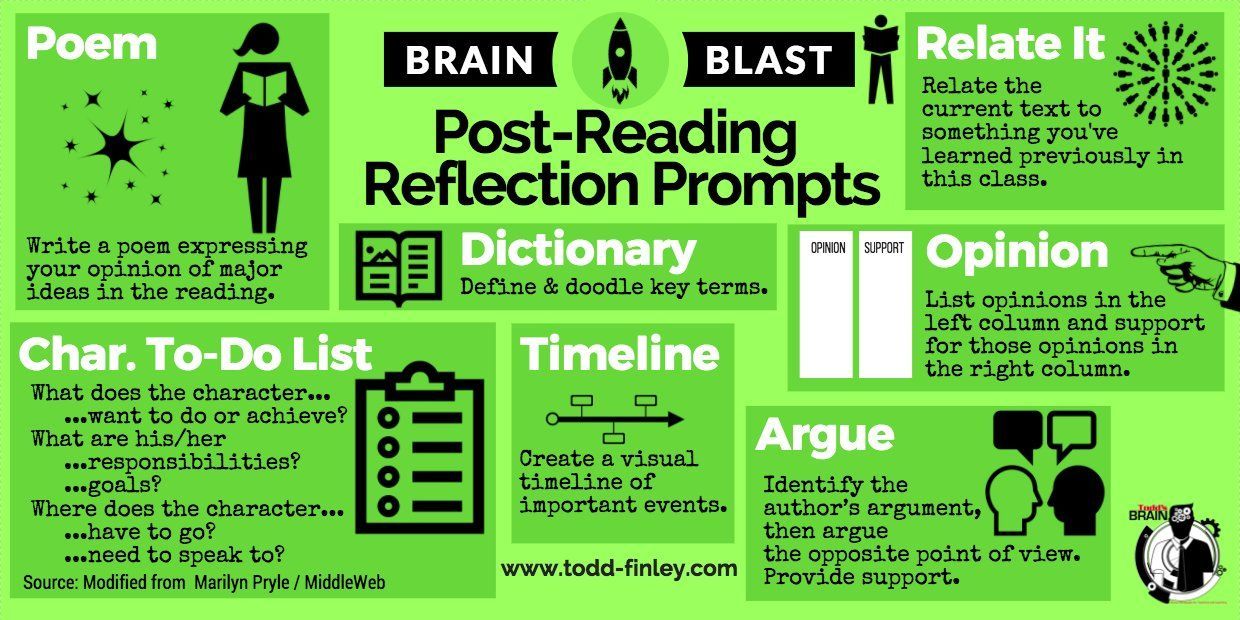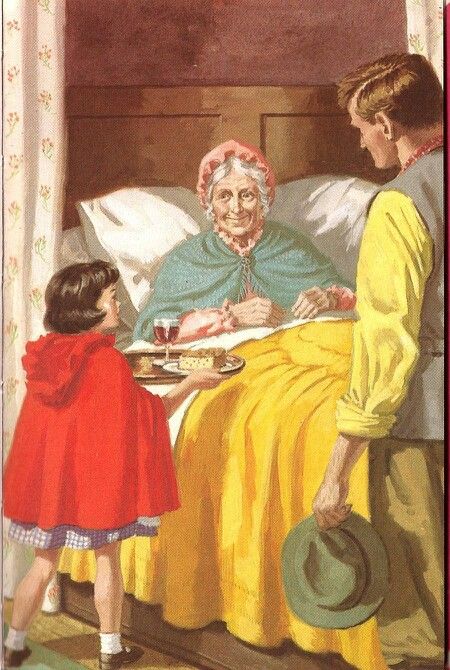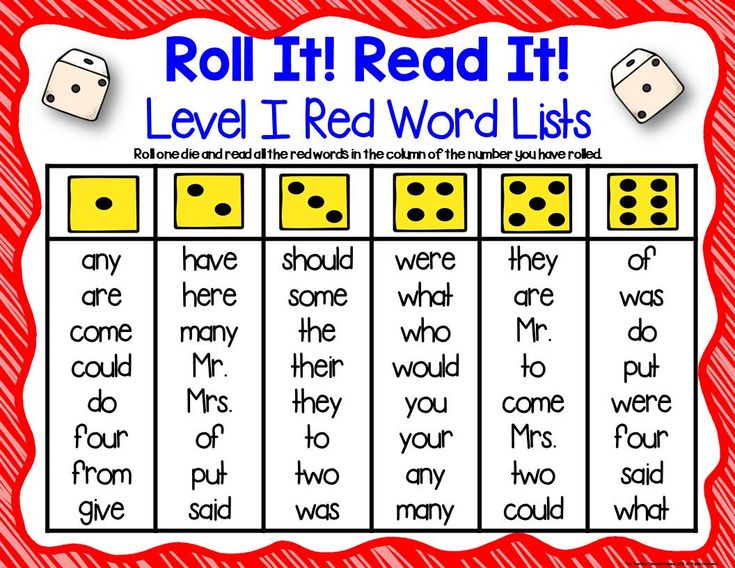How to make writing fun for kindergarteners
25 Ways to Make Writing Fun
For many learners, writing is their least favorite subject. Today, I’m sharing 25 of my favorite ways to make writing fun {yes, and even a little handwriting fun is mixed in, too}.
*This post contains affiliate links.
25 Ways to Make Writing FUN!
1- Read rich literature of all genres to your child. Talk about how the author used this “fancy” word instead of a “boring” word. Point out the climax of the story and how the author resolved the problem. Help your child see that they can piggyback on or use these ideas in their own writing.
2- Give them the freedom to just write/draw without over-correcting spellings, letter formation, etc. There will be times when these things are important and need to be corrected, but sometimes kids just need a “judgment-free” zone.
3- Let them write about things that interest them. So what if he just wrote his 5th book on playing soccer? At least he’s writing! If his written works all start sounding the same, suggest that he write about the rules of soccer, how his team won their last game, or even a soccer poem.
4- Provide resources, such as a sight word folder, a book you’ve just read together, labels around your house, sight word cards, or a kids’ spelling dictionary. You can find TONS of fun and hands-on spelling ideas and resources right here on my blog!
5- Write for authentic purposes (letters, thank you cards, pen pals, a grocery list, etc.). And while they’re writing those letters, it’s the perfect time to teach them the conventions.
6- Allow them to use invented spelling in a developmentally appropriate way. {The key to this is to hold them accountable for what they know.}
7- Not every misspelling or incorrect convention has to become a “teachable moment” or mini lesson. Sometimes kids just want someone to encourage their creativity, not nit-pick their every mistake. Ouch.
8- Treat them as a “real” author by putting the books they’ve written on the bookshelf to be read, right along with all your other books.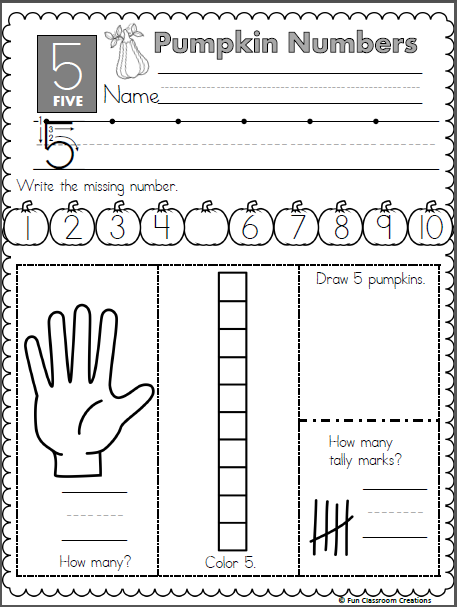 One of the goals of Preschool & Kindergarten Writing Lessons as well as Simple Writing Lessons for Primary Grades was to give you practical lessons for teaching writing in this manner.
One of the goals of Preschool & Kindergarten Writing Lessons as well as Simple Writing Lessons for Primary Grades was to give you practical lessons for teaching writing in this manner.
The Measured Mom’s Writing Workshop Pack is also a fantastic resource for the classroom OR at home!
If you’re looking for a full-blown writing curriculum that teaches writing this way, check out WriteShop!
9- Give them an audience for their writing. Find ways for them to share what they’ve written. Often times writers are frustrated because they do not have someone to write TO. Kids need an audience. A reader. Someone who will respond to their creation, ask questions, or comment. Give them feedback.
That audience or reader can make writing more authentic and much more meaningful to young writers. This is why I think letters to others are a great tool. There’s a built-in audience just by nature of writing a letter.
10- Don’t overuse it! Kids don’t need to write a summary, fill out a worksheet, or answer questions in a Reading Response Journal every time they’ve read a text.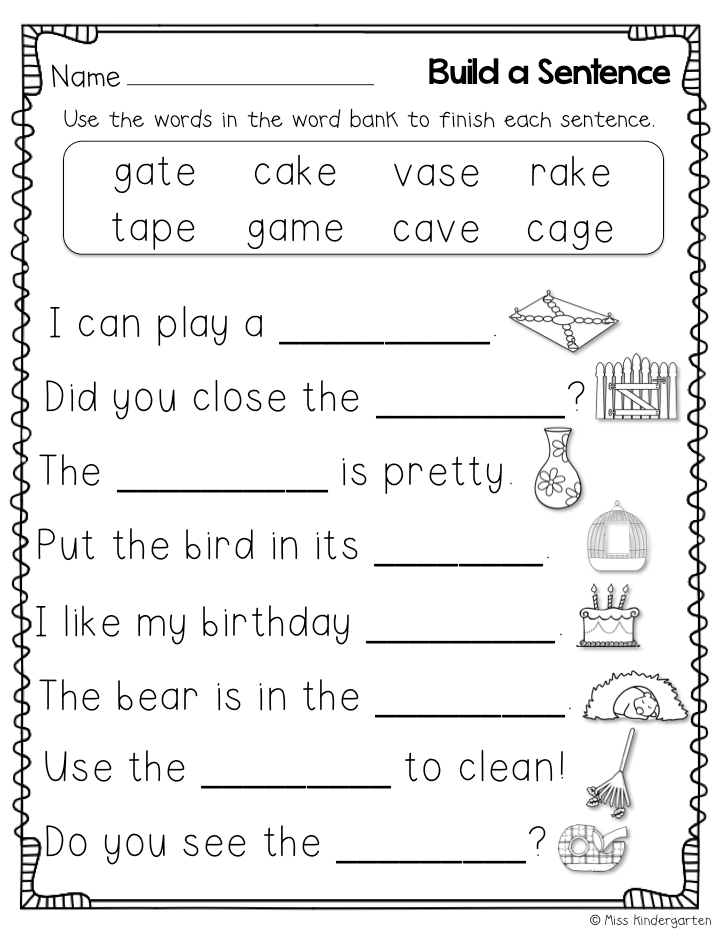 These things are good things in moderation, but sometimes a simple discussion between the two of you will suffice. This is true for every child, but especially struggling readers.
These things are good things in moderation, but sometimes a simple discussion between the two of you will suffice. This is true for every child, but especially struggling readers.
11- Organize your home for writing or provide some fun writing manipulatives {see the list of fun writing tools below}
12- Create a writer’s toolbox for your child. This makes for a GREAT birthday present!
13- Provide writing prompts {with limits}. I’m not a huge advocate of writing prompts, but I think creative writing prompts can spark an idea sometimes. If you’re looking for some creative prompts for K-2nd grades, I have some for every month of the year.
Make Writing Fun with Writing Tools
These are some of our tried and true writing tools. We have had most of these in our home for 10+ years and they’re still going strong!
By the way, all of these make GREAT gifts for kids!
14- Magna Doodle is mess free and the “pen” can’t get lost! Woohoo! We also have a portable Magna Doodle that’s a better size for the car.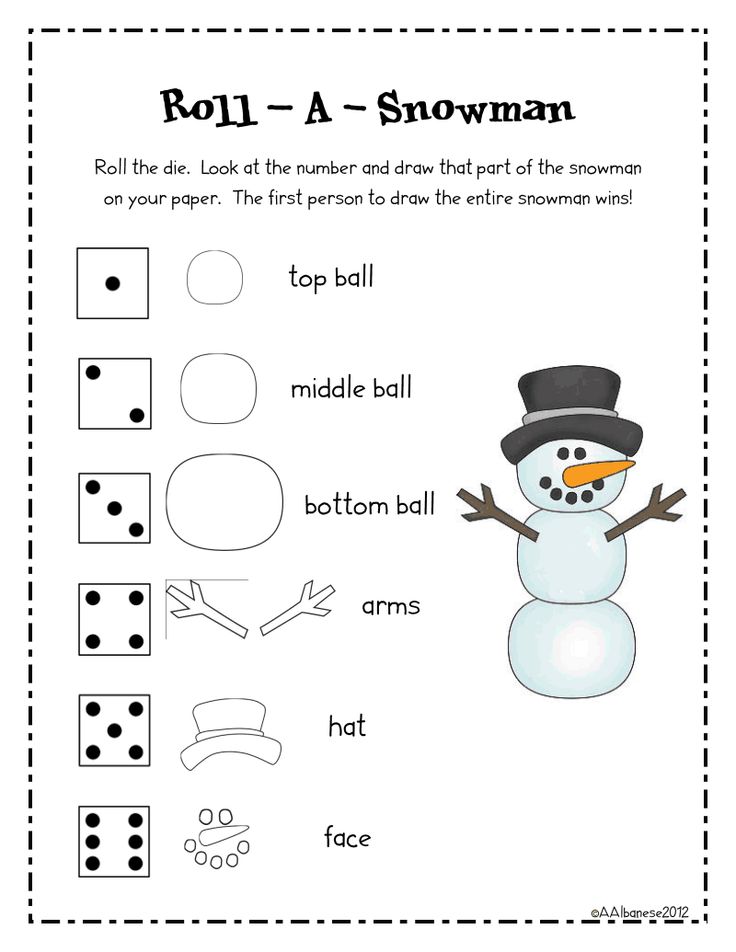
15 – Boogie Board – a great alternative to the Magna Doodle and GREAT for school-age kids. {Fun for practicing spelling words, too!}
16- Aqua Doodle {mess free}
17- Crayola Wonder {mess free}
18- Crayola Explosion {mess free}
19- art easel – grab some chalk and write away
20- bathtub crayons
21- Crayola makes awesome markers and crayons for glass surfaces {we’ve used ours on the windows in the house as well as mirrors}.
22- dry erase boards and markers– you can buy some or make your own with shower boards {found at your local hardware store}, Crayola makes washable dry erase markers
23- highlighters– kids of all ages {even 5th graders} like to use highlighters!
24- Work mazes and puzzles. We took our Puzzle Buzz Magazine, pulled them apart, and made a puzzle/maze book that young kiddos have enjoyed over and over again.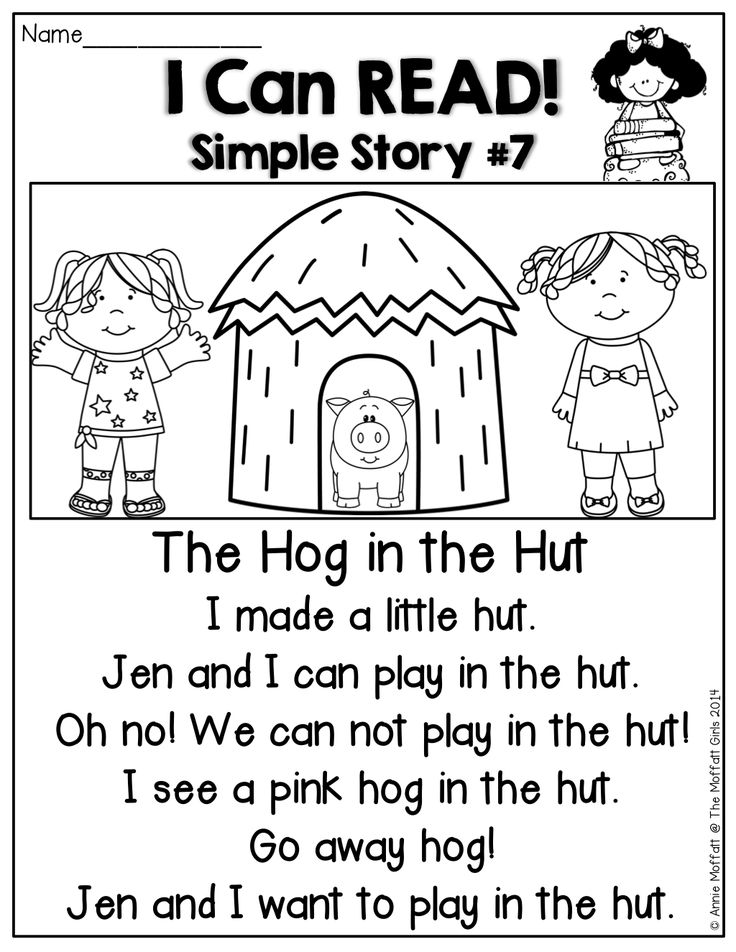 Just slip the pages into plastic sleeve protectors, place in a notebook, and use dry erase marker. So easy!
Just slip the pages into plastic sleeve protectors, place in a notebook, and use dry erase marker. So easy!
25- Use a simple writing “desk”. I LOVE, LOVE, LOVE our collapsible lap desks. Each of my kiddos has one. They are sturdy, have storage inside, and fold up to store easily. Plus we can take writing anywhere because it travels well!
What are some of your favorite ways to make writing fun? Share your ideas in the comments!
Follow This Reading Mama’s board Writing Ideas for Kids on Pinterest.
Enjoy writing!
~Becky
*First image from Adobe Stock.
*Font by KG Fonts.
Want MORE Free Teaching Resources?
Join thousands of other subscribers to get hands-on activities and printables delivered right to your inbox!
Writing Activities for Your Kindergartener
Kindergartners are often enthusiastic writers and they will weave writing activities into their play. Provide budding writers with experiences that give them something to write about. Invented spelling is normal at this age, as children are translating the sounds of spoken words into writing.
Invented spelling is normal at this age, as children are translating the sounds of spoken words into writing.
Children at this age can read their own writing and should be encouraged to read aloud!
Young children often mirror what they see around them: adults and older children writing lists, letters, text messaging. So make sure your child sees you writing! And talk about why you are writing about your writing so your child begins to understand why writing is important and the many ways it can be used.
Don't correct spelling and handwriting at this stage. Child specialists say “invented spelling” is just fine. Your role is to make writing fun and purposeful.
Invented spelling: your child’s first writing
This video is from Home Reading Helper, a resource for parents to elevate children’s reading at home provided by Read Charlotte. Find more video, parent activities, printables, and other resources at Home Reading Helper.
What does kindergarten writing look like?
Try these writing ideas at home
Label it
Young children love to name things! Ask your child to write out labels for the rooms and objects in your house. Don't worry about invented spellings! Help your child safely tape them up for temporary display. See a real-life example in this blog post, Using but confusing, with laundry.
List maker
Ask your child to help you make a grocery list or a "to-do" list for weekend chores. Your child can dictate the list as you write, to model the process. Then switch roles, and ask your child to write the list as you dictate.
Family letters
Help your child write letters to relatives and friends. These may include thank you notes or just a special note to say hello.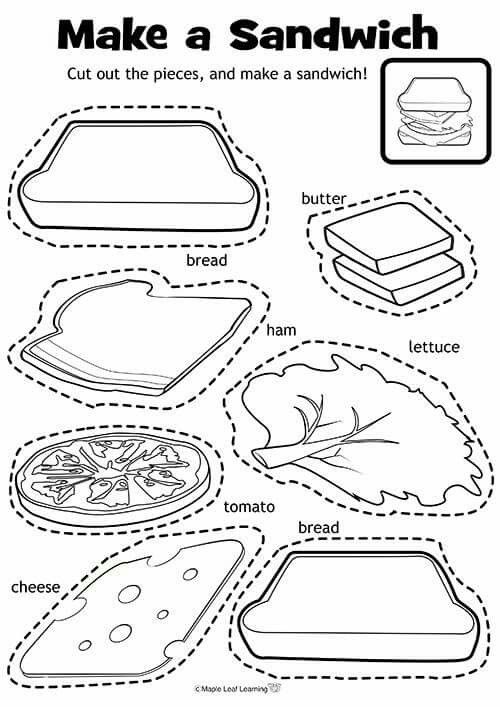 Be sure to send your child a letter or card once in awhile too so that she is reminded of how special it is to get a letter in the mail. And consider finding a pen pal for your child.
Be sure to send your child a letter or card once in awhile too so that she is reminded of how special it is to get a letter in the mail. And consider finding a pen pal for your child.
Family stories
Ask your child to draw a picture of a family activity and then write a sentence about it below the picture. Encourage your child to say the sentence and write letters to match the sounds in each word. Then have your child read what she wrote. Display the story on the refrigerator or a bulletin board — and celebrate the work!
First stories
Ask your child to tell you simple stories as you write them down. Copy the story as your child tells it, without making changes. Ask her to clarify anything you don't understand. Soon, your child will be writing her own stories. Here's a wonderful example of a story by a 5-year-old in the blog post, I like Writer's Workshop.
Author's chair
Identify a special "author's chair" in your home. That's where your child can sit and share out loud something she has written.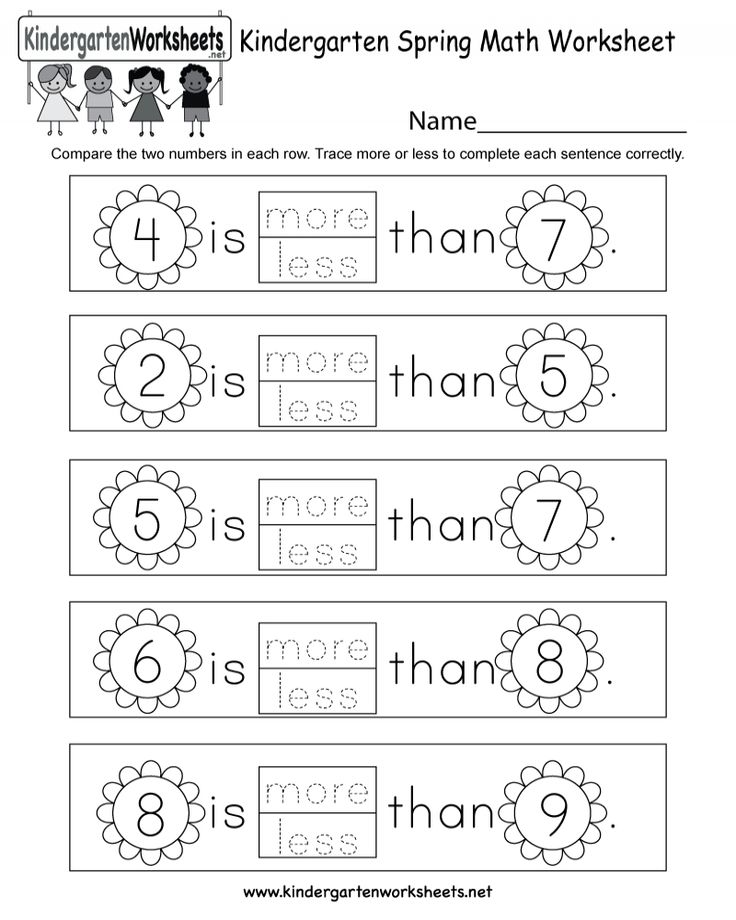 Be an enthusiastic listener! This shows your child that others want to hear about her thoughts and ideas.
Be an enthusiastic listener! This shows your child that others want to hear about her thoughts and ideas.
Reader's theater
Encourage your child to read her stories out loud. Listen carefully with patience, and give positive feedback about her ideas and her writing!
Bookmaker
Turn your child's writing into books! Paste her drawings and writings on pieces of construction paper. For each book, make a cover out of heavier paper or cardboard, and add special art, a title, and her name as author. Punch holes in the pages and cover, and bind the book together with yarn or ribbon.
Field notes
Encourage your child to take notes on trips or outings, and to describe what she saw, using all of her senses. This could include a description of a walk outside, a ride in a car or a bus, or other events that lend themselves to note taking.
Message board
Hang a family message board in the kitchen and leave notes there for your child. Encourage your child to write a message back and post it to the board.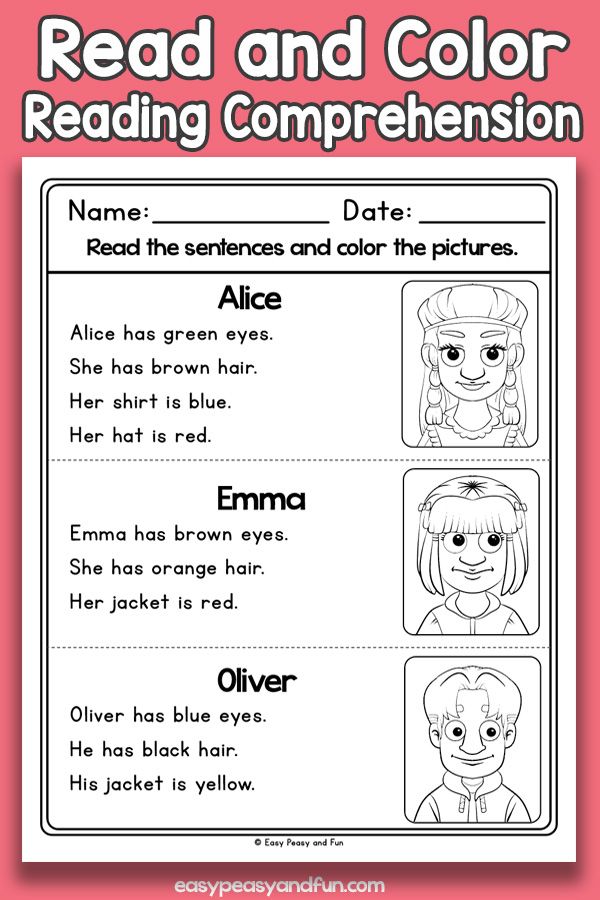
Reading supports writing
Read books together! Early and frequent exposure to letters, sounds, words, and stories helps kids learn to read and write.
Talk about vivid words
As you read to your children, point out things the book author did to make the book so fun to read. "Wow! Listen to how the author describes the ocean. Don't those words make you feel like you're back jumping over waves?"
Get your kindergartner writing!
This video is from Home Reading Helper, a resource for parents to elevate children’s reading at home provided by Read Charlotte. Find more video, parent activities, printables, and other resources at Home Reading Helper.
More writing resources
Fun ways to teach kids the letters of a name - Child Development
Classes that will help in a playful way to learn not only the letters of your name, but also the alphabet
Teaching your little one the basics of reading and writing doesn't have to sit next to him and teach him something specific. Experts firmly believe that at 2, 3 and 4 years old, the child receives all the knowledge he needs (by that time) through games, entertaining adventures and reading books by parents. Of course, if a child takes the initiative and asks you to tell him something or teach him something, you should not miss this opportunity. nine0006
At this age, one of the most interesting activities for children is “drawing words”. First, the child chooses random words, such as "swing" or "house", and then focuses solely on his name. He begins to wonder how his name looks like written and how to write other names.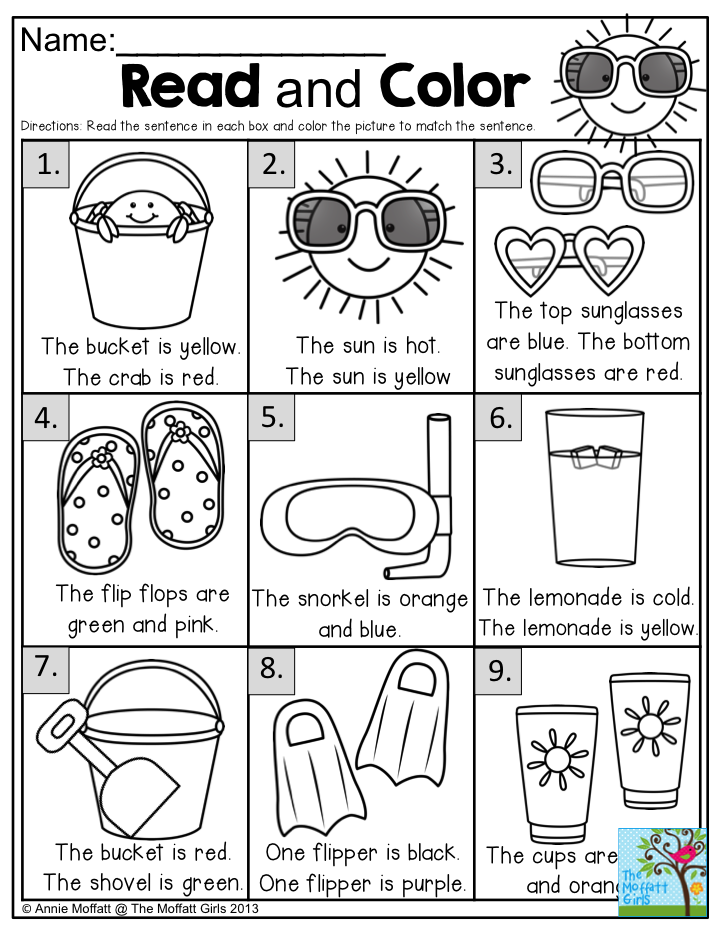 Researching your name is a fun and practical way to teach your child the alphabet. Here are a few exercises that children especially like.
Researching your name is a fun and practical way to teach your child the alphabet. Here are a few exercises that children especially like.
- Letter Stamps - There are special sets of children's alphabet stamps available for sale, but you can easily make your own by cutting and pasting Styrofoam letters onto bottle caps. First, give the child only stamps with the letters of his name and, of course, paper and an ink pad, then complicate the task and give other letters. nine0013
- Magnet Letters - Sets that contain both uppercase and lowercase letters are especially good, but in principle any will do (you can even make them yourself using letters from the Scrabble game or the same letters from foam). Just put the required letters in a cup near the magnetic board, and let the child play with them whenever he wants.
- Printing on a computer - parents rarely practice this activity, as they usually do not allow their kids to use a computer yet.
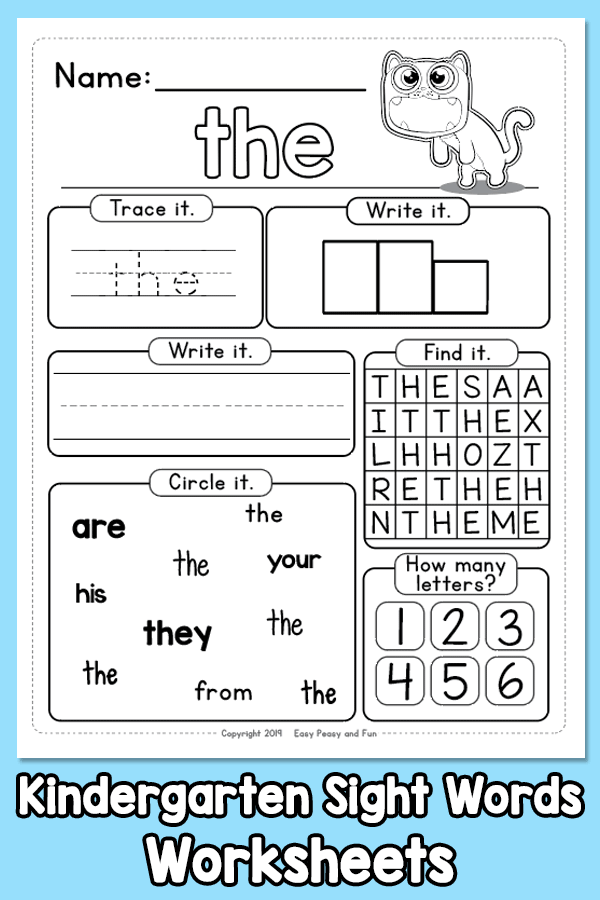 Simply open a blank document in a text editor, select the appropriate font, make the font size large, and let the child choose the color of the letters. Then have the child look up the letters of their name on the keyboard. When the child finds the initial letter, teach him to switch the case of lowercase and uppercase letters, since names are written with capital letters. nine0013
Simply open a blank document in a text editor, select the appropriate font, make the font size large, and let the child choose the color of the letters. Then have the child look up the letters of their name on the keyboard. When the child finds the initial letter, teach him to switch the case of lowercase and uppercase letters, since names are written with capital letters. nine0013 - Letter game on a felt board - Children usually love felt boards, they like to play on them. You can purchase a pre-made board and a set of alphabet letters, or you can make your own.
- Letter play with building blocks - you can write the letters of your child's name directly on the building blocks (and bricks) or stick letter labels/stickers on them. This activity is just wonderful, because the child can make up his name from the parts of the designer both horizontally and vertically. nine0013
- Salt Letters is one of parents' favorite ways to teach children how to write letters.
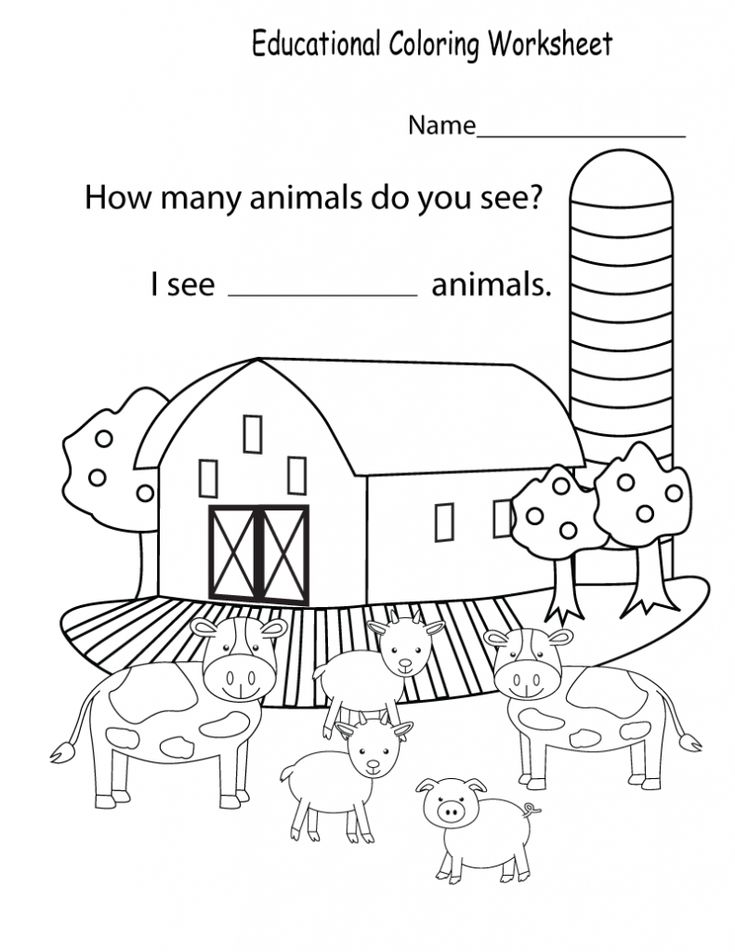 You can use large flat plates or a rectangular kitchen tray for this activity. Just sprinkle a layer of salt on it and have your child use their finger as a pencil to write their name on it. As an illustrative example, you can write the child's name on a card and put it in front of it for reference. It is worth shaking the tray or plate a little - and the writing field becomes clean again. nine0013
You can use large flat plates or a rectangular kitchen tray for this activity. Just sprinkle a layer of salt on it and have your child use their finger as a pencil to write their name on it. As an illustrative example, you can write the child's name on a card and put it in front of it for reference. It is worth shaking the tray or plate a little - and the writing field becomes clean again. nine0013 - Drawing with water on the board is probably the most favorite pastime for young children. Simply print your child's name in chalk on a blackboard and give them a brush and a glass of water to draw over. When the baby runs a wet brush over the letters, they “disappear”, which is very funny and fun.
- Drawing letters with marker is perhaps the easiest of the exercises. You print the child's name, and he copies them (writes over them or traces their outlines) with a darker felt-tip pen or pencil. You can imagine that your lines are the road (or the race track) and the marker is the car, and of course you can't let it go off the road.
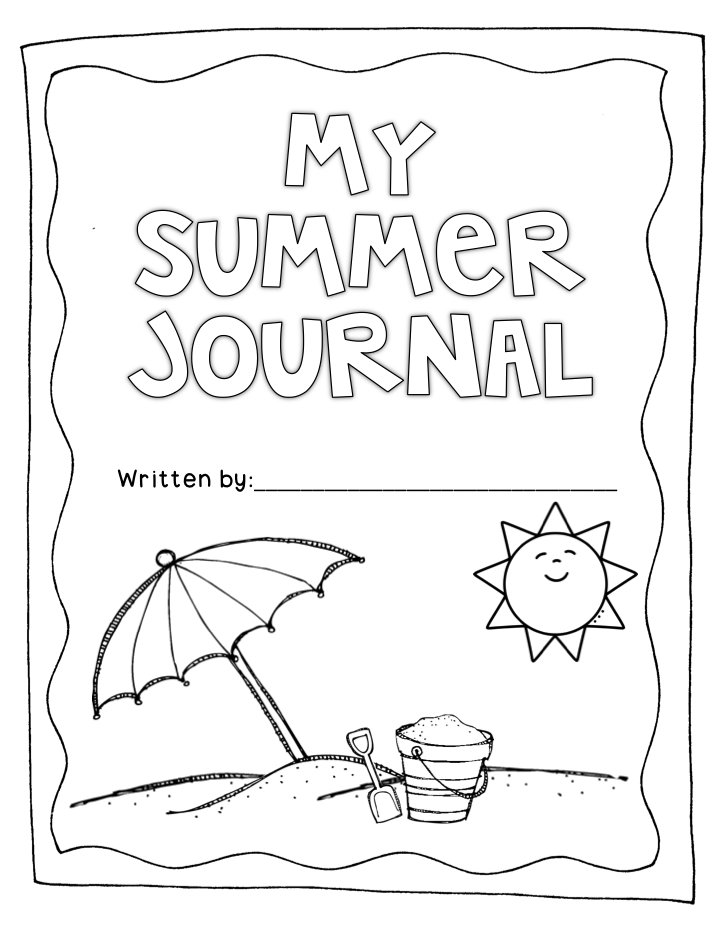 nine0013
nine0013 - Letter boxes - Some people like to teach children how to write letters on blank paper, while others prefer a more structured learning. Draw two rows of cells (cells), write down the letters of the child's name in the top row and ask him to fill in all the lower cells. This allows the child to focus on each letter individually.
Children will want to repeat many of these exercises over and over again. But then they will ask you to come up with something new, so now you should think about ideas for using spaghetti, clothespins, stones, cookie cutters, beads, cubes, and even bean bags. nine0006
what to do? – Child development
Learning to write is not an easy task. If your child has trouble translating thoughts into words or writing them, the process of mastering writing may be perceived as painful and unpleasant. The need to learn the rules or simply disinterest prevents the child from discovering the magic and uniqueness of the written word.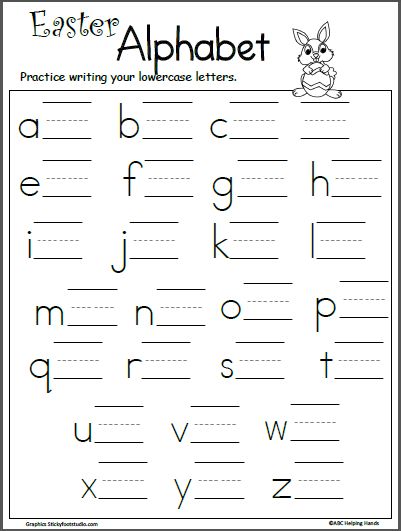 Still, writing is one of the most important skills, and, be that as it may, we must help children master it in order to prevent the negative consequences associated with illiteracy. nine0006
Still, writing is one of the most important skills, and, be that as it may, we must help children master it in order to prevent the negative consequences associated with illiteracy. nine0006
Of course, parents would like to see their children grow up and learn to write confidently, competently, and also enjoy using written language. There is nothing impossible in this! In children, everything is dynamic, and often their disinterest is replaced by genuine enthusiasm. Although writing is not easy, it is a wonderful way to share stories and secrets, witticisms and jokes, express disturbing teenage thoughts, play, convince people and make up anything. All this opens up the opportunity for the child to fall in love with this amazing process. nine0006
Here are some ways parents can help their child overcome their reluctance to write.
Let the child work hard
Children sometimes feel that they should only do what they can do easily and naturally. If you praise children for a result, you reinforce their idea that hard work indicates a person’s inability to do something well. Learning to write is hard work, even harder for some kids than others, and that's completely normal. It is impossible to do everything well and quickly. We can help children learn to write more confidently by recognizing their efforts, hard work, and even more, by expecting and rewarding it. nine0006
Learning to write is hard work, even harder for some kids than others, and that's completely normal. It is impossible to do everything well and quickly. We can help children learn to write more confidently by recognizing their efforts, hard work, and even more, by expecting and rewarding it. nine0006
Writing should have meaning and meaning for children
If we ask children to do something difficult, it should at least make sense to them and be worth the effort. The ability to write greeting cards, secret notes, keep a diary, write a letter to Santa Claus, sign photographs, or write a convincing argument about the reasons for receiving a certain birthday present is much more important for a child than a school notebook. Provide the children with good writing materials. Ask to put your thoughts on paper more often. Help them find and find the meaning and value of doing their homework. nine0006
At the beginning we are visited by thoughts, so they should be a priority
Many children experience a psychological barrier before writing anything because they are afraid of making mistakes.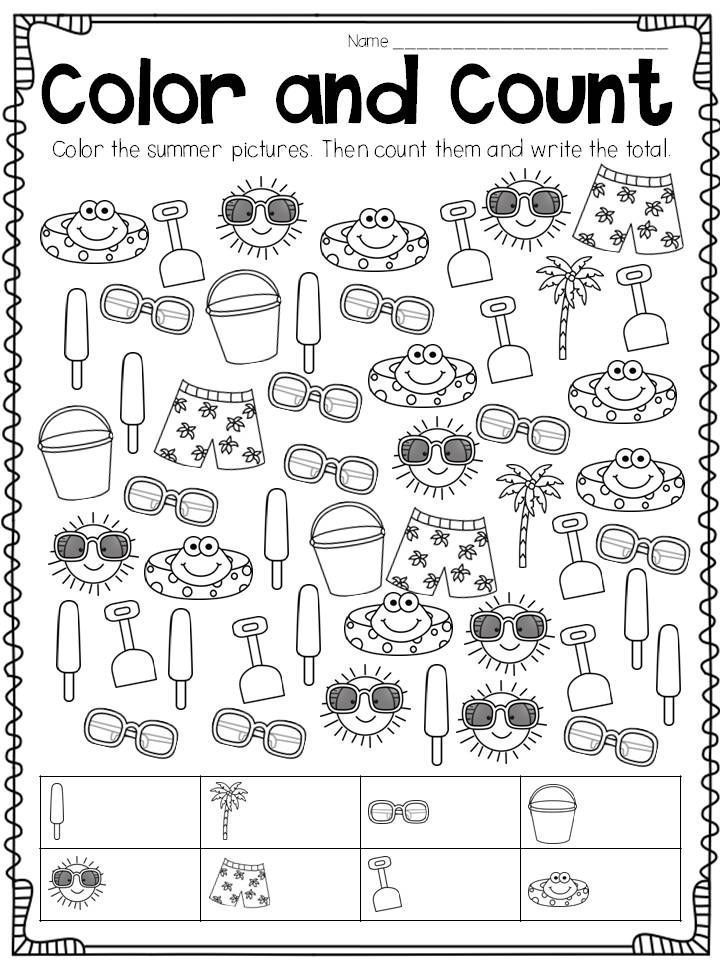 Spelling and punctuation are important, but only to help us express our thoughts. Focus on the process itself, and leave the knowledge of the rules for later. Ingenuity, freely applied in writing their thoughts, allows children to use their entire vocabulary. If children are worried about spelling, encourage them to first write down their thoughts in the way they see fit, and only then check the spelling. Also, when you read children's notes, first of all be interested in the thoughts contained in them, and only then the technical side of the process. nine0006
Spelling and punctuation are important, but only to help us express our thoughts. Focus on the process itself, and leave the knowledge of the rules for later. Ingenuity, freely applied in writing their thoughts, allows children to use their entire vocabulary. If children are worried about spelling, encourage them to first write down their thoughts in the way they see fit, and only then check the spelling. Also, when you read children's notes, first of all be interested in the thoughts contained in them, and only then the technical side of the process. nine0006
Mistakes are normal and there is nothing wrong with correcting them
Good writing does not mean doing it right the first time. Your child's favorite book also went through many editorial changes before it became interesting and exciting. Encourage children to review and check completed work, seeing the process as more of an improvement than a correction and correction. When you yourself are correcting children's mistakes, first of all pay attention to the causes of incorrect spelling.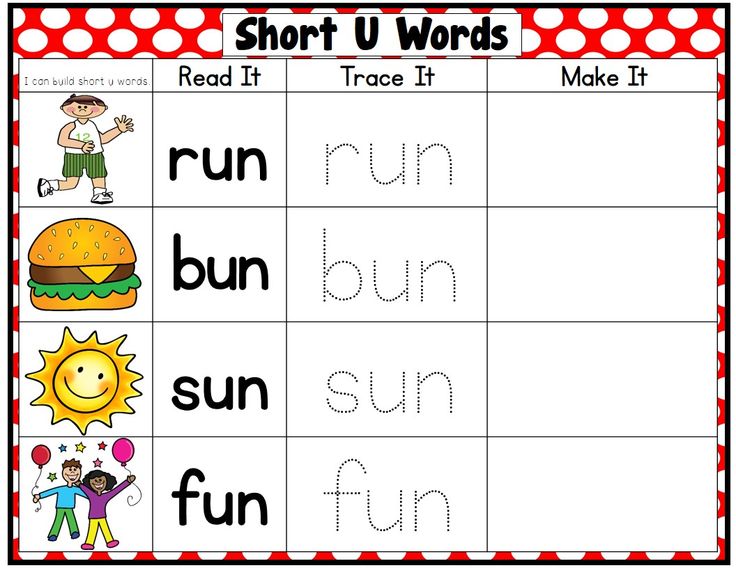 Help the children think of other possibilities. Teach them to look for the correct spelling of a compound word, familiarize them with lists of words in their normative spelling, that is, with existing dictionaries (including electronic ones). Children need to learn how to look for answers to spelling questions on their own, then they will better remember new information for themselves. nine0006
Help the children think of other possibilities. Teach them to look for the correct spelling of a compound word, familiarize them with lists of words in their normative spelling, that is, with existing dictionaries (including electronic ones). Children need to learn how to look for answers to spelling questions on their own, then they will better remember new information for themselves. nine0006
There are different ways to learn, respect your child's needs
Different children have different ways of learning. To count on good results, you need to help the child understand and decide which way of learning suits him best. Some children learn more effectively when they talk or jump. Others have better visual memory. Some need silence, while others need background noise. Some children take notes chaotically and schematically. Others approach this process systematically and logically. All methods are good, you need to use the one that suits your child the most. nine0006
Word games
Learning is effective when children enjoy it.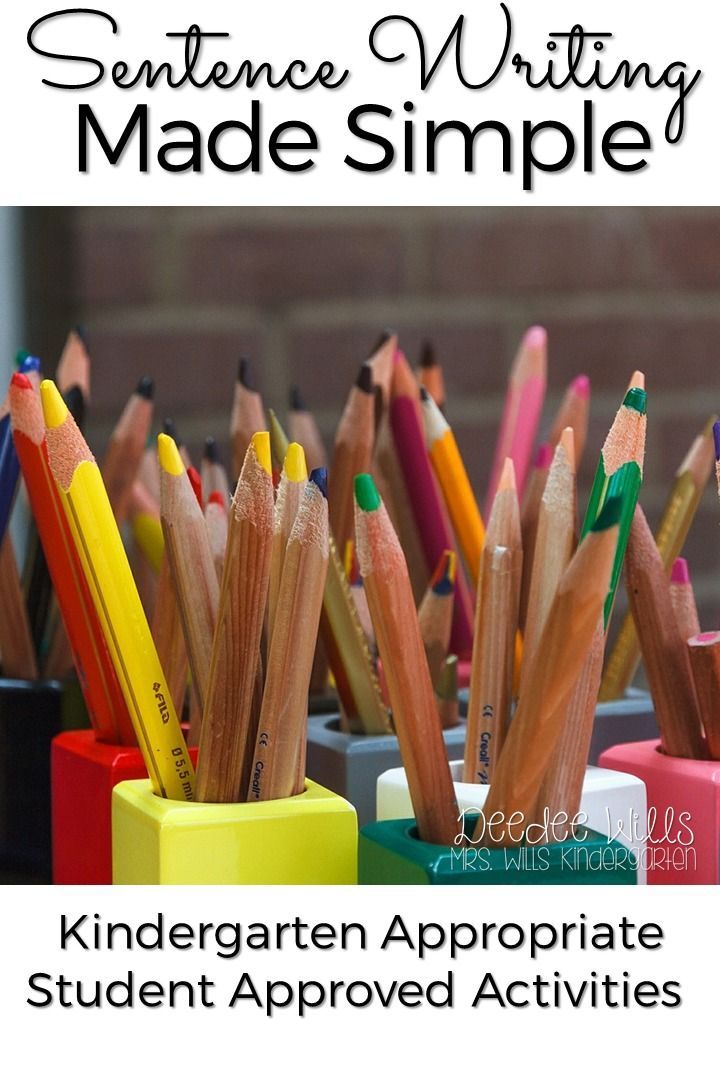 Our language is very rich and interesting. Word games and simple speech games are a great way to have fun learning to write. Come up with puns. Choose homonyms. Remember antonyms. Solve anagrams. Give alliterative nicknames. Write funny poems. Play board games with words. With all this, pay more attention to speed and pleasure than correctness and accuracy - this will help children learn to write words with more willingness and zeal. nine0006
Our language is very rich and interesting. Word games and simple speech games are a great way to have fun learning to write. Come up with puns. Choose homonyms. Remember antonyms. Solve anagrams. Give alliterative nicknames. Write funny poems. Play board games with words. With all this, pay more attention to speed and pleasure than correctness and accuracy - this will help children learn to write words with more willingness and zeal. nine0006
Words read and spoken
Artistic works are extremely important in teaching children to write well, they help to increase their vocabulary, develop thinking skills and perceive themselves as a thinking person. However, much of the above can also be learned orally. Oral storytelling, reading aloud, and audiobooks are all great ways to take in language and literature. Discussing what you have read helps develop the analysis and summarization skills that are essential for mastering writing. Ask children open-ended questions.